The recent moves mark increasingly tense relations between South Korea and North Korea.
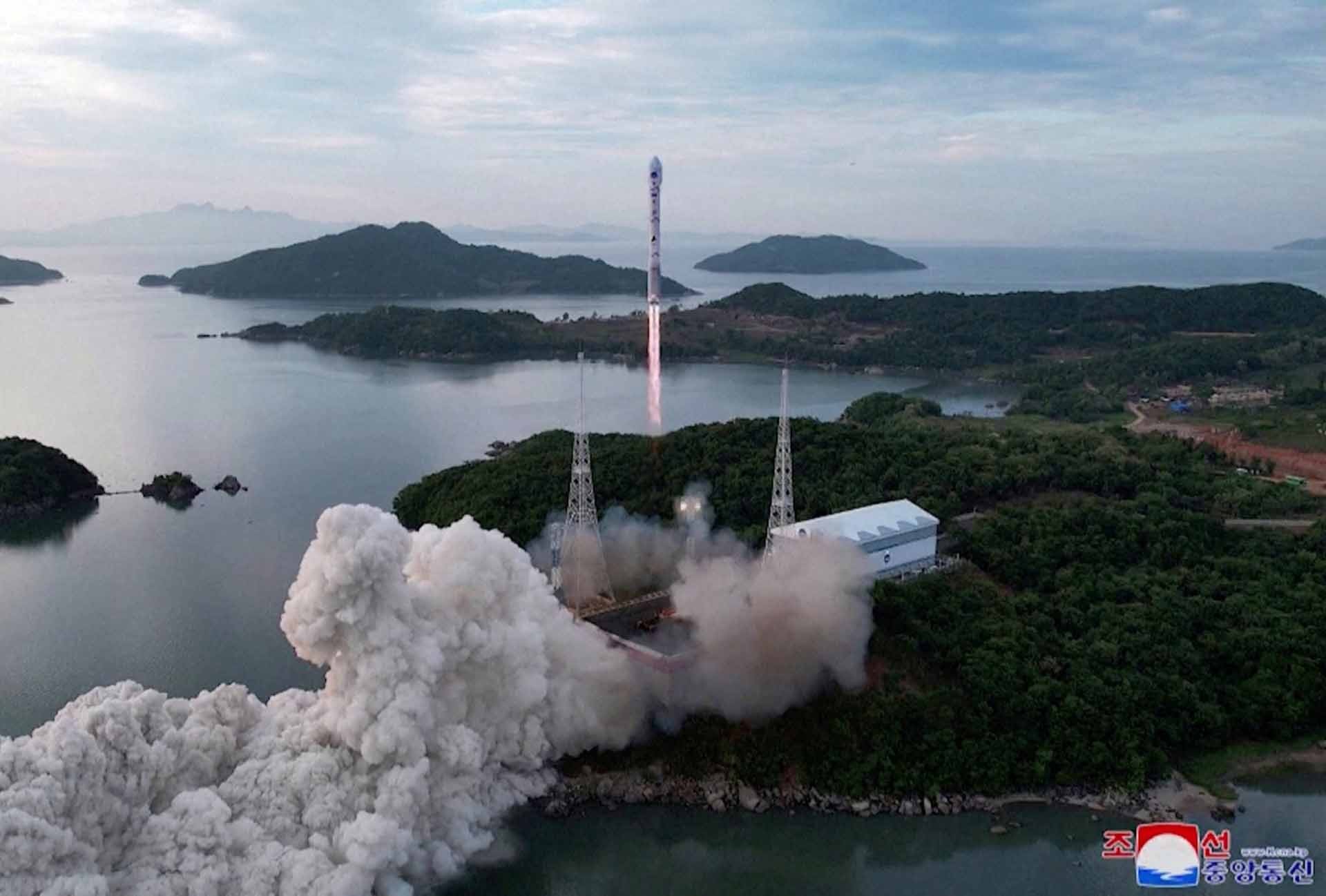 |
| Pyongyang's launch of a military spy satellite and the abandonment of the CMA by both sides have led to a new round of tensions on the Korean Peninsula. (Source: KCNA) |
From spy satellites...
First of all, it is the story of North Korea's military satellite launch. On November 21, the country successfully launched the military reconnaissance satellite Malligyong-1, in an effort that the country considers to be exercising Pyongyang's "legitimate right to self-defense."
On November 28, the state news agency KCNA (North Korea) quoted the North Korean Foreign Ministry as rejecting criticism from the US and nine other members of the UN Security Council over Pyongyang’s satellite launch. They said the move was “a legitimate and fair way to exercise the right to self-defense and a thorough response and careful monitoring of… the serious military action of the US and its supporters.”
The country confirmed: "The newly launched military reconnaissance satellite of North Korea has successfully captured images of the US nuclear-powered aircraft carrier USS Carl Vinson and the military base in Hawaii." North Korea emphasized that Pyongyang may launch other military satellites.
Meanwhile, South Korea confirmed that the satellite had entered orbit and said it needed more time to determine whether it was functioning properly. However, some speculated that the launch was made possible with technological assistance from Russia. More importantly, in response, Seoul officially suspended part of the Comprehensive Military Agreement (CMA), signed in 2018. Shortly after, on November 25, Pyongyang completely canceled the agreement. So what is the CMA? Why is it important?
The End of CMA…
On September 19, 2018, after a series of historic meetings, then-South Korean President Moon Jae-in and North Korean leader Kim Jong-un signed the CMA. The two sides agreed to “completely cease all hostile acts against each other” through measures such as ending military exercises near the border, limiting live-fire drills, imposing no-fly zones, and maintaining hotlines. The purpose of the agreement is to reduce military tensions on the peninsula and build mutual trust.
Writing in The Diplomat , international relations expert Kim So Young at Singapore's S. Rajaratnam School of International Studies commented that Pyongyang's spy satellite launch, although violating UN Security Council sanctions for using long-range ballistic missiles, did not violate the CMA agreement.
According to her, by suspending part of the agreement, Seoul has suspended Article 1, Clause 3 regarding the no-fly zone for all types of flying devices across the Military Demarcation Line (MDL) that took effect on November 1, 2018. This provision prohibits fixed-wing aircraft from operating within 40km of the MDL in the eastern area and 20km in the western area. Propeller-driven aircraft are prohibited within 10km of the MDL, the use of unmanned aerial vehicles (UAVs) is prohibited within 10km of the eastern area and 25km in the western area; and balloons are prohibited within 25km of the MDL.
Supporters of the CMA argue that the agreement has reduced military tensions along the border and the risk of military conflict. However, the Yoon Suk Yeol administration and the ruling party have criticized the document as existing in name only, as South Korea is the only party that supports and strictly abides by it. Accordingly, Seoul has accused Pyongyang of violating the CMA 17 times since its signing. Moreover, critics of the agreement have long argued that the CMA weakens the ability to monitor North Korea. Therefore, suspending this provision would allow South Korea to continue its surveillance and reconnaissance activities along the border.
For its part, after Seoul suspended part of the CMA, Pyongyang scrapped the entire agreement and increased its military presence along the border. North Korea accused South Korea of breaking the agreement and was responsible for increasing the risk of clashes.
On November 28, the South Korean Ministry of National Defense discovered that North Korea was building guard posts at border locations and deploying troops and heavy weapons. Meanwhile, The Guardian (UK) reported that a photo sent to journalists by the South Korean Ministry of National Defense on the same day showed North Korean soldiers building temporary guard posts and moving what appeared to be recoilless rifles, portable anti-tank weapons or light artillery - to a newly built trench.
Previously, according to the CMA, the two sides had removed or disarmed 11 guard posts located inside the heavily guarded border area, known as the Demilitarized Zone (DMZ). Currently, South Korea has 50 guard posts and North Korea has 150. Before this change, the South Korean Ministry of National Defense stated: "Our military will closely monitor North Korea's actions while maintaining full readiness to retaliate immediately... based on enhanced coordination with the US side."
In the current context, the risk of conflict between the two Koreas may increase. What will happen if South Korea reconsiders its agreement with Pyongyang regarding military operations on land and at sea? Only time will tell.
Source








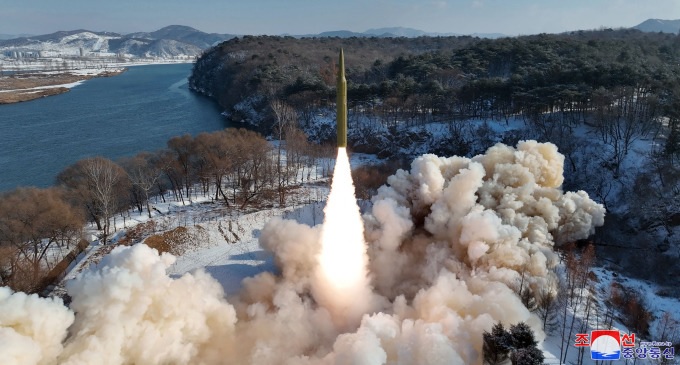

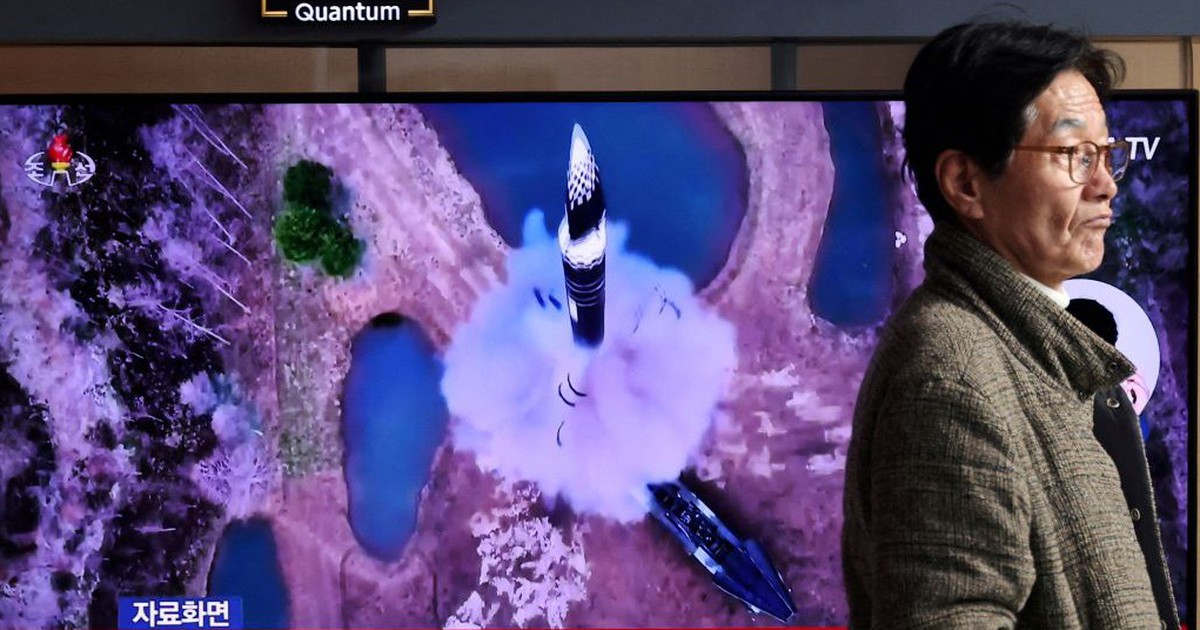

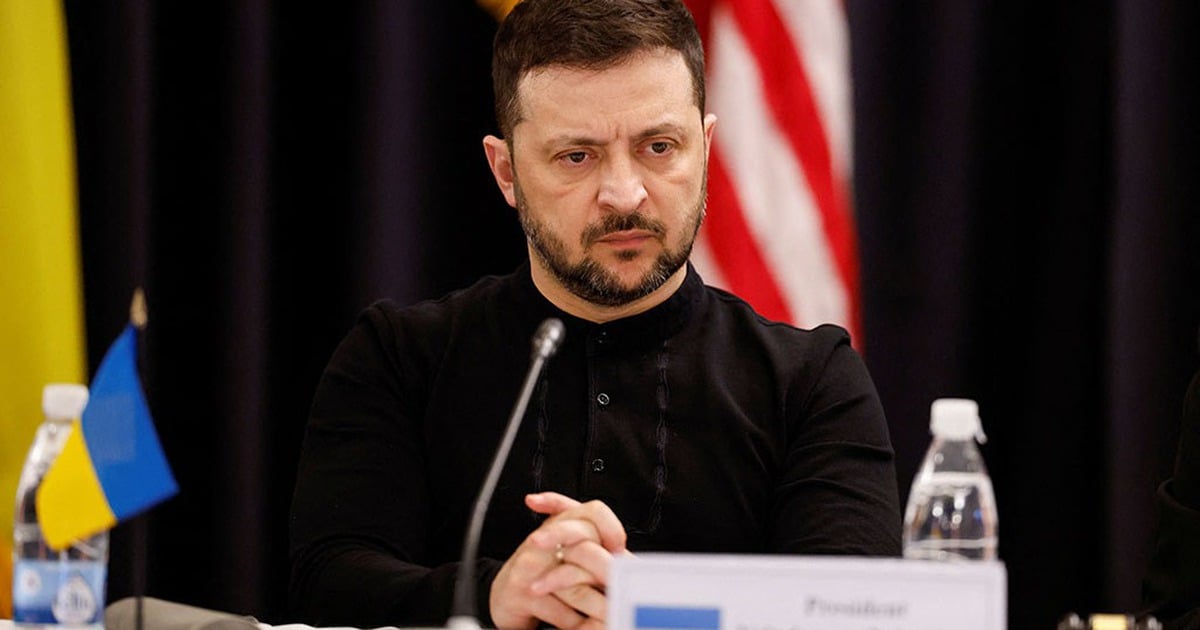
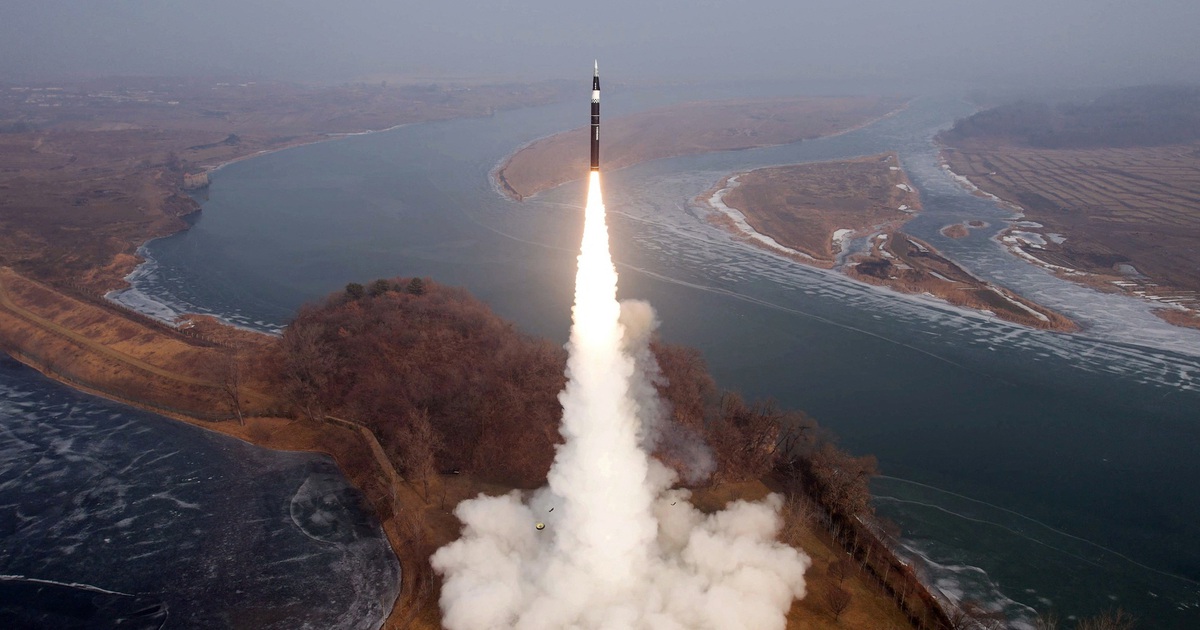
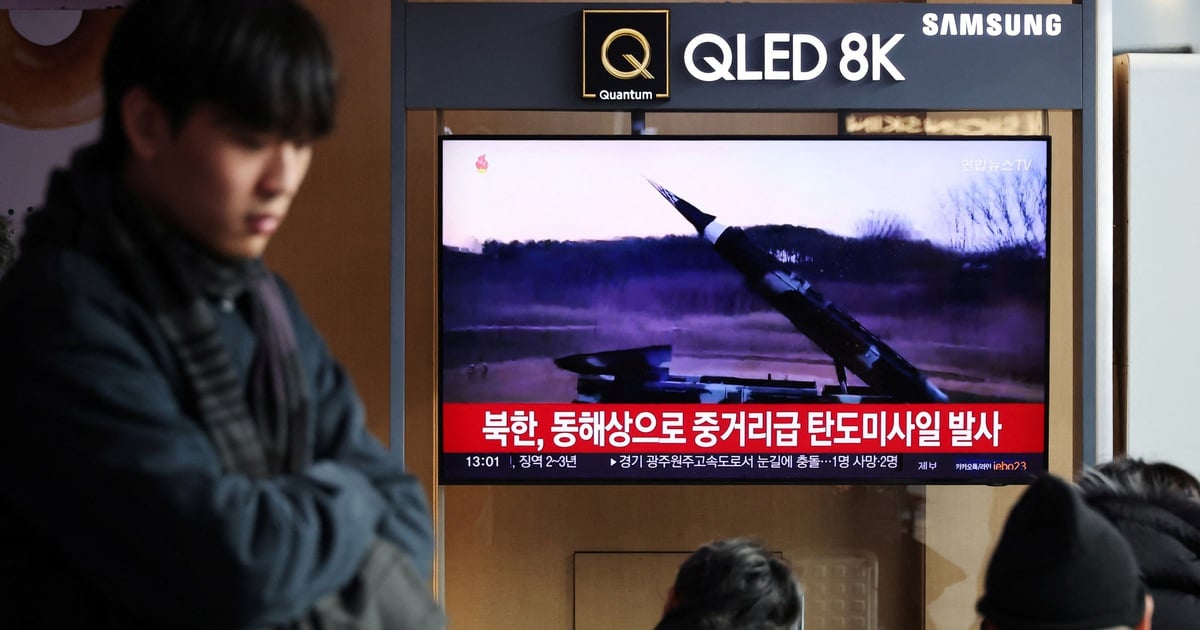
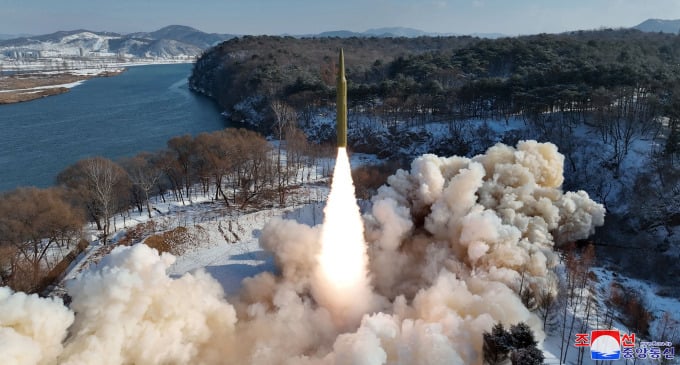
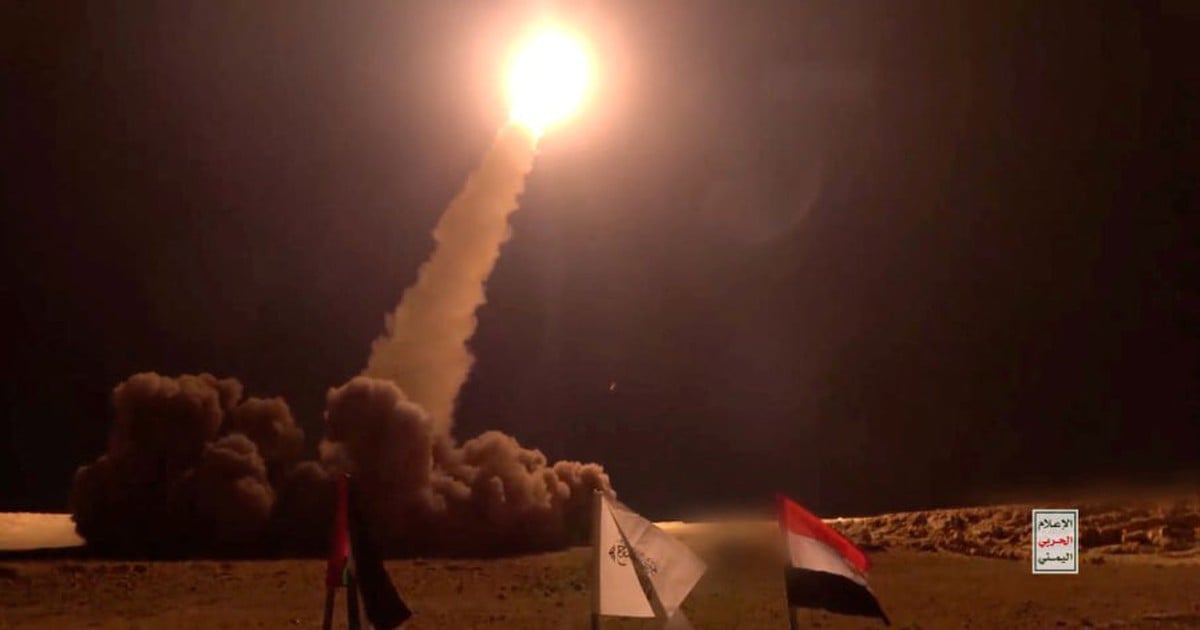
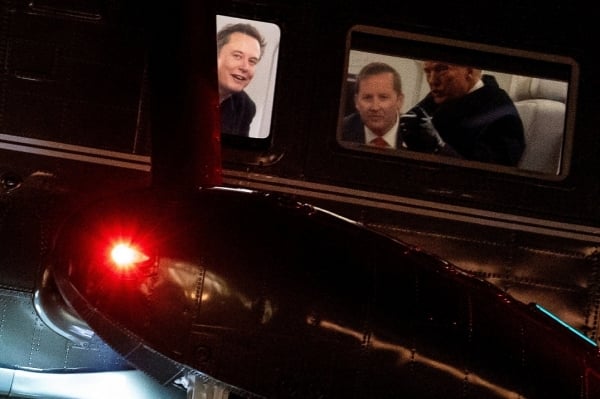

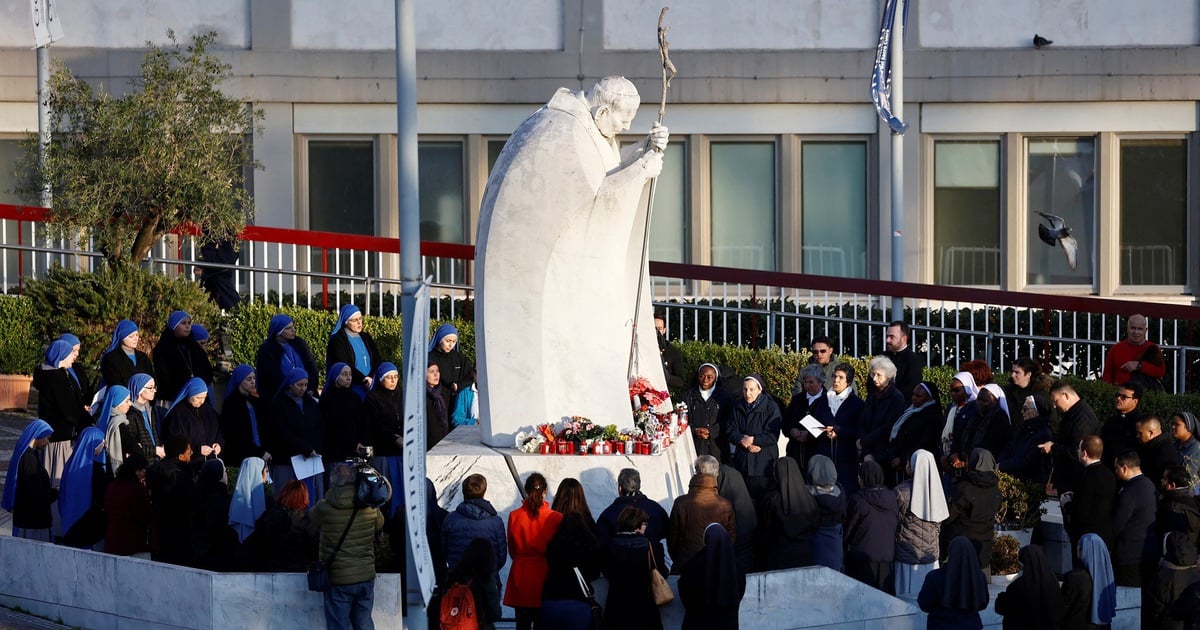
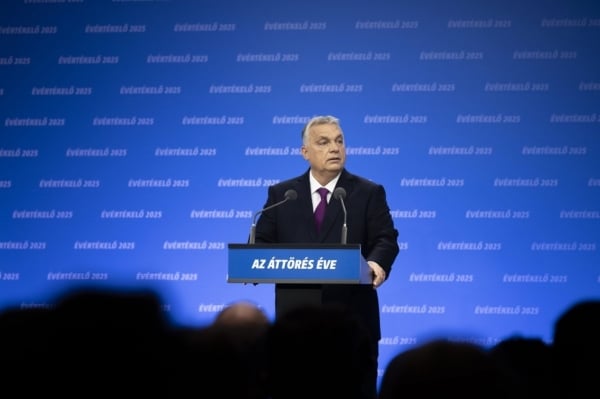
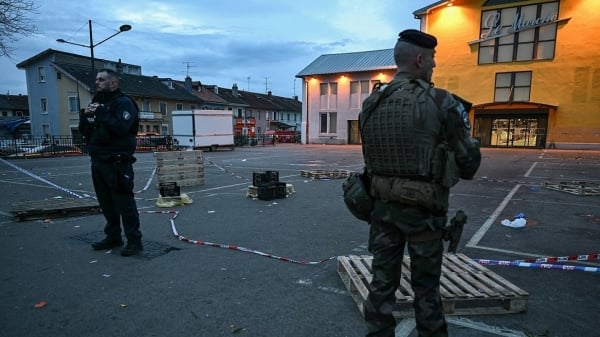















![[Photo] Prime Minister Pham Minh Chinh chairs Government Conference with localities on economic growth](https://vstatic.vietnam.vn/vietnam/resource/IMAGE/2025/2/21/f34583484f2643a2a2b72168a0d64baa)



























































Comment (0)